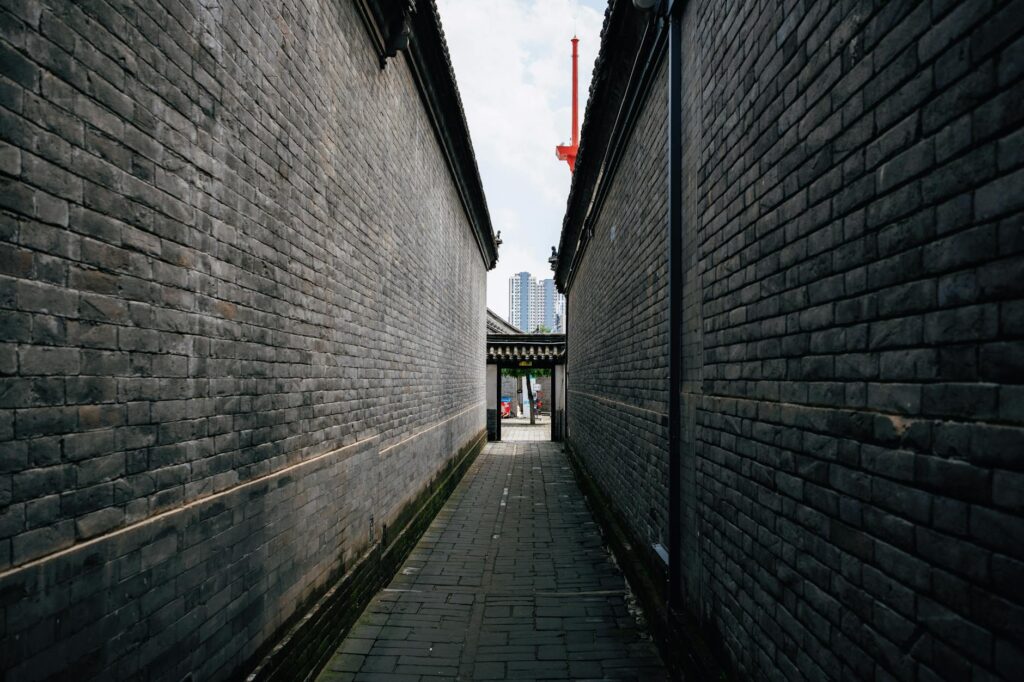Tawang Monastery: Why China’s Got a Problem With This Peaceful Himalayan Hideout
You ever seen those postcard-perfect photos of the Himalayas? The ones where the mountains look like they’re touching the sky? Right there, where India begins—or ends, depending on how you see it—sits Tawang Monastery. And here’s the funny thing: this place where monks chant and prayer flags dance in the wind? It drives China absolutely nuts. Why? Well, grab a chai and let’s break it down.
1. Tawang Isn’t Just Another Pretty Monastery
1.1 Where Spirituality Meets Stunning Views
Picture this: snow-covered peaks, valleys so green they hurt your eyes, and smack in the middle—a massive Buddhist monastery that looks like it’s straight out of a fantasy novel. That’s Tawang. Second biggest in the world, actually. Only the Potala Palace in Tibet beats it. But here’s the kicker—when the Dalai Lama had to make a run for it back in ’59 from the Chinese? This is where he hid for a bit. Makes you think, doesn’t it?
1.2 More Than Just Old Walls
Built way back in 1681, Tawang’s been holding down the fort for Tibetan culture ever since China decided Tibet was theirs. Ancient texts, those crazy-detailed thangka paintings—it’s all here. Think of it like a library, but instead of books, it’s a whole civilization’s memory.
2. Why China Loses Sleep Over a Bunch of Peaceful Monks
2.1 It’s All About Location, Location, Location
Here’s where things get messy. China calls Arunachal Pradesh “South Tibet”—which, news flash, India isn’t having. And Tawang? It’s right there near the Line of Actual Control (that’s the unofficial border for you and me). Control this place, and suddenly China’s land claims start looking a bit more legit. Convenient, huh?
2.2 The Uncomfortable Truth for Beijing
Let me put it this way: Tawang’s become a safe house for Tibetans who aren’t exactly fans of China’s rule. And with its ties to the Dalai Lama? Well, let’s just say Beijing would love nothing more than to see this place lose its voice.
2.3 China’s Tibet Problem
Since they marched into Tibet in 1950, China’s been playing cultural erasure on hard mode. But Tawang? It’s like that one light they can’t seem to switch off—a constant reminder that Tibet’s spirit didn’t just disappear.
3. China’s Playbook Against Tawang
3.1 The Paper War
Every time India builds a road or a school near Tawang, China throws a fit. They’ve even started renaming places in Mandarin—like some weird real-life game of Monopoly where they’re making up the rules as they go.
3.2 Spies and Lies
Rumor has it Chinese hackers have been poking around the monastery’s communications. And their state media? They’re out here calling Tawang’s history “fake news.” Classic move—if you can’t control the narrative, just deny it exists.
3.3 Muscle Flexing
Remember late 2022 when Indian and Chinese soldiers got into it near Tawang? Yeah, that wasn’t random. And those “model villages” China’s building along the border? Let’s just call them what they are—land grabs with pretty window dressing.
4. How India’s Playing Defense
4.1 Bulking Up the Border
India’s not sitting pretty. More troops, better roads—they even built this crazy tunnel (the Sela Tunnel, opened in 2024) so they can get to Tawang no matter the weather. Message received, Beijing?
4.2 Keeping the Culture Alive
Here’s the thing—India’s actually putting money into keeping Tawang’s spirit alive. Funding schools, promoting tourism. For Tibetans who made it out, it’s one of the few places left where their culture can breathe.
5. Why This Matters to the Rest of Us
5.1 The World’s Awkward Silence
Sure, the U.S. and UN make noise about China’s moves, but let’s be real—when money talks, principles often take the backseat. Tawang keeps the Tibetan issue from being swept under the rug completely.
5.2 What Happens Next?
Honestly? Your guess is as good as mine. With India and China playing this high-stakes game of chicken, Tawang’s stuck in the middle. Will it become another Kashmir situation? Or will cooler heads prevail?
Bottom Line
Tawang’s more than just pretty architecture—it’s a giant middle finger to China’s attempts to rewrite history. While monks chant and those colorful flags keep flapping in the wind, this place stands as proof that some things can’t be conquered. At least not yet.
Source: Navbharat Times – Default

